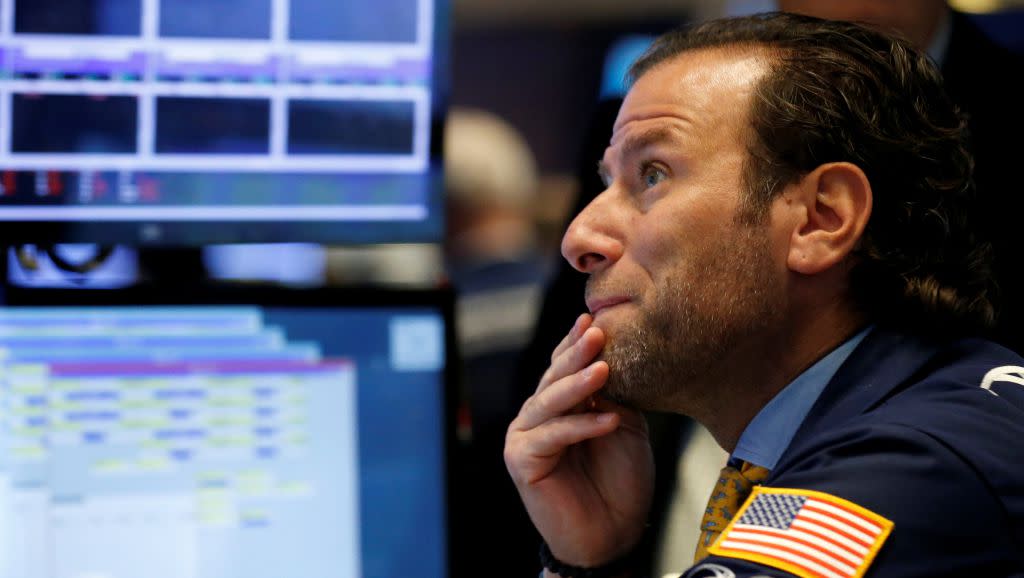More than $7 trillion of global government debt isn’t as safe as it once seemed, Moody’s warns

Governments have spent 2016 grappling with an upheaval in politics as populist movements sweep across Europe and the US. But it’s also been a problematic year for governments around the world in another way: their credit ratings. Moody’s Investors Service has issued 35 credit downgrades this year in countries including Austria, Turkey, and Saudi Arabia, while only issuing five upgrades. And 35 of the 134 countries assessed by the ratings firm currently have a negative outlook hanging over them.
That puts at least $7 trillion of government debt at risk of a downgrade, according to data from the Bank of International Settlements for the end of last year. Even though it’s just a slice of the market—16% of the outstanding debt tallied by the BIS data—and even though all of the affected countries, apart from the UK, are in emerging markets, Moody’s concluded in a new report that the outlook for all sovereign creditworthiness is negative.
This proportion of countries with a negative outlook from Moody’s is the largest it has been since 2012, and it couldn’t come at a worse time. Last week more than $1 trillion was wiped off the value of the global debt market. Yields on bonds, especially ones with longer maturities, are rising sharply. If this is the end of a 35-year bull run in the market, governments, after years of low interest rates, might have to prepare for significantly higher borrowing costs.
The yield on 30-year US Treasuries climbed above 3% yesterday, for the first time since the beginning of January.

The selloff was sparked by the election of Donald Trump and by traders’ assumption that he will follow through on his plans for fiscal stimulus, particularly a massive increase in infrastructure spending, that will stoke inflation. (Inflation is bad for bonds as it erodes the purchasing power of their returns.) To pay for this infrastructure spending, economists are expecting more public borrowing.
This is one of the reasons for the gloomy outlook from Moody’s. Its analysts expect even higher public-sector debt to fund this wave of populism—but few governments can afford to take on more debt. There have been calls for governments to use this era of low interest rates to fund infrastructure spending, from the International Monetary Fund and other institutions. But ratings downgrades, or simply the perception of lower creditworthiness, can intensify selling pressure on bonds and push up the yields.
There is a particular risk posed to emerging markets, where the bulk of the downgrades have been. Moody’s analysts are predicting global GDP to rise between 2.5% and 3.5%, only slightly higher than 2016. Populist politics are likely to encourage an increase in protectionist trade policies, which would further constrain growth in developing countries.

Since the election, NN Investment Partners has flipped from being overweight in emerging-market bonds to underweight. For all the doom and gloom, there are contrarians to be found. Jan Dehn, the head of research at investment manager Ashmore, which specializes in emerging markets, predicts a rally in emerging-market debt next year, even if investors come reluctantly, because these higher yields are necessary to keep up returns. Emerging markets aren’t the “cesspit of risk” many investors consider them to be, Dehn said.

Sign up for the Quartz Daily Brief, our free daily newsletter with the world’s most important and interesting news.
More stories from Quartz:

